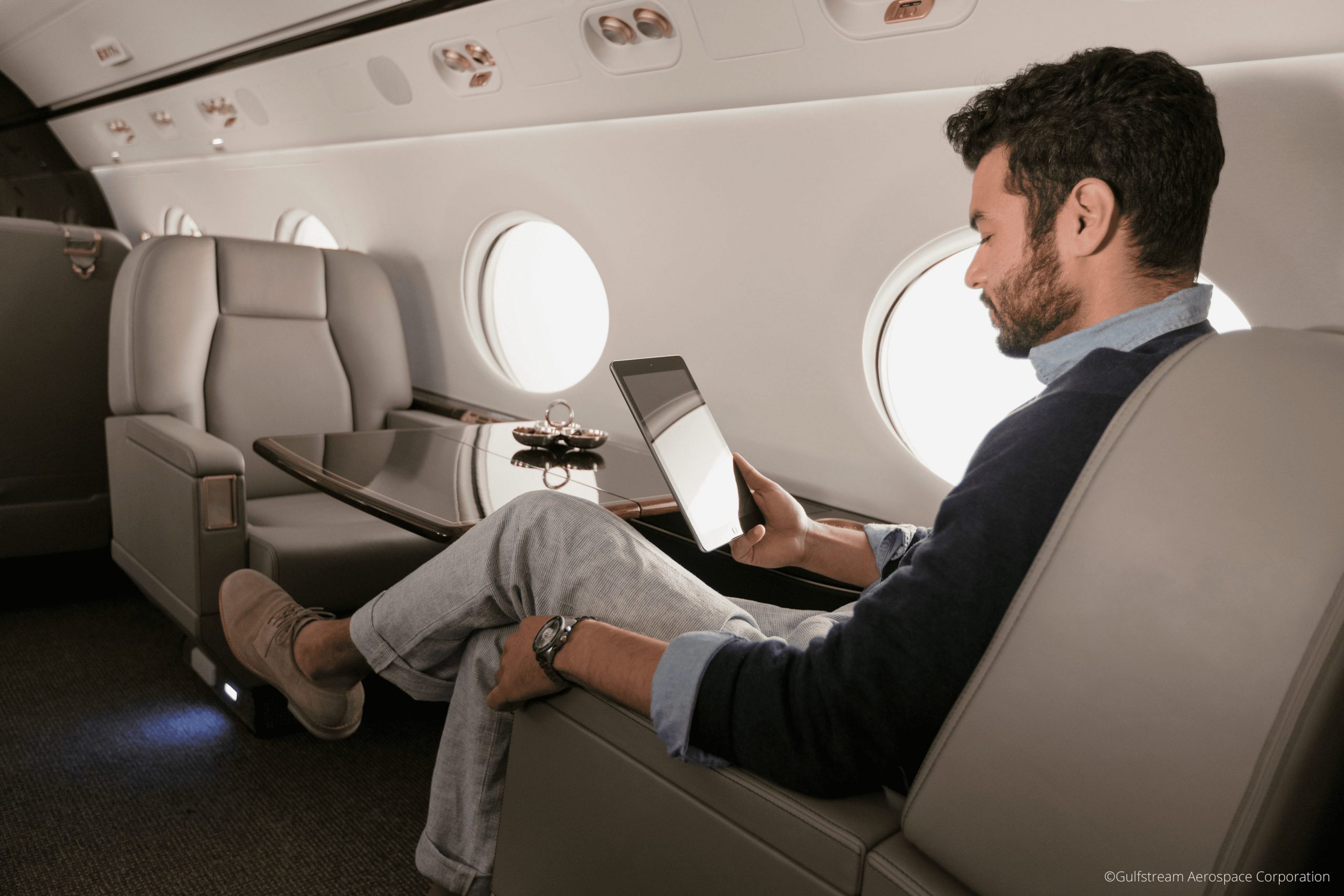by Jennifer Anderson
The pilots of Northwest Airlines Flight 188 overshot their destination airport, Minneapolis, by 150 miles on October 21. They blamed a distraction, but there is speculation they had nodded off. The near miss prompted transportation authorities to recommend screening operators for sleep apnea, a respiratory condition that can leave a person fatigued even after a full night’s sleep. The recommendation sidesteps a more common factor in accidents and near misses: pilots, drivers and workers in general are often sleep deprived because of over-long work hours and poor shift design.
The National Transportation Safety Board (NTSB) advised screening commercial truck and bus drivers and merchant ship pilots for sleep apnea, after making similar recommendations for airline pilots and train operators earlier in 2009.
USA Today notes that NASA’s Aviation Safety Reporting System, which collects anonymous safety reports from pilots, outlines several dozen cases of pilots falling asleep. In August 2006 one captain reported falling asleep along with the co-pilot while preparing to land at Dulles International Airport near Washington DC.
The crash in February 2009 of a Continental Connection flight near Buffalo in New York state, which killed all 49 onboard and one person on the ground, is linked to sleep-deprived operators. One of the two pilots is believed to have been awake all night before the flight, and the other was known to sleep occasionally in the crew lounge at Newark Liberty Airport.
KCAU-TV, an ABC affiliate in Iowa, listed other factors responsible for sleepy pilots in its report about the Flight 188 overshoot. These included little rest and low quality sleep in cheap, noisy motels, poor diets, and dehydration because of a stream of coffee refills and the dry atmosphere of the cockpit. KCAU-TV noted that with the poor economy, more airlines are trying to squeeze in more flights with fewer pilots.
Certain shift patterns increase the odds that an employee will be dozy on the job. Reshaping these patterns to enhance sleep quality represents an ergonomic way to reduce the safety risks from fatigue-impaired operators.
The FAA is expected to release new regulations on pilot work limits in 2010. “I don’t think many regular company employees would be able to work 16 hours a day, five days in a row,” David Zwegers, director of aviation safety at Embry-Riddle Aeronautical University in Florida told Time Magazine. “The more [airlines] cut on personnel, the more of a burden they put on crew members.” However, Zwegers is reluctant to speculate on whether sleepiness accounts for the Northwest pilots’ overshoot. “They have the cockpit recorders, so everything will come to light soon.”
Experts quoted in Time say that even without a sleep disorder there are many reasons why one or both of the Northwest pilots might have nodded off. Bill Voss, president of the Flight Safety Foundation, a nonprofit group working to lower aviation accidents, explained that modern aircraft give flight crews very little to do during the straight-and-level portions of flight. According to Voss, US airlines should consider allowing a technique common in some parts of Europe called “controlled cockpit rest,” during which one pilot can take a brief nap to stay alert after notifying the rest of the crew.
The “controlled cockpit rest” represents another ergonomic measure to improve the alertness of pilots, and could be modified to fit in many workplaces where dangers lurk when operators become drowsy.
- Ways to Fly private
- Jet CardThe only Build-a-Card ® in the industry – ultimate flexibility and consistency.Jet MembershipsGuaranteed fixed rates and availability, while paying as you go.Charter FlightsAccess the safest and highest quality aircraft on a trip-by-trip basis.Sales & ManagementFind The Right Jet, Develop A Personalized Management Plan, and Optimize Your Asset.
- For Business
- App
- Safety
- About Us
- Solutions
- Resources & FAQs














